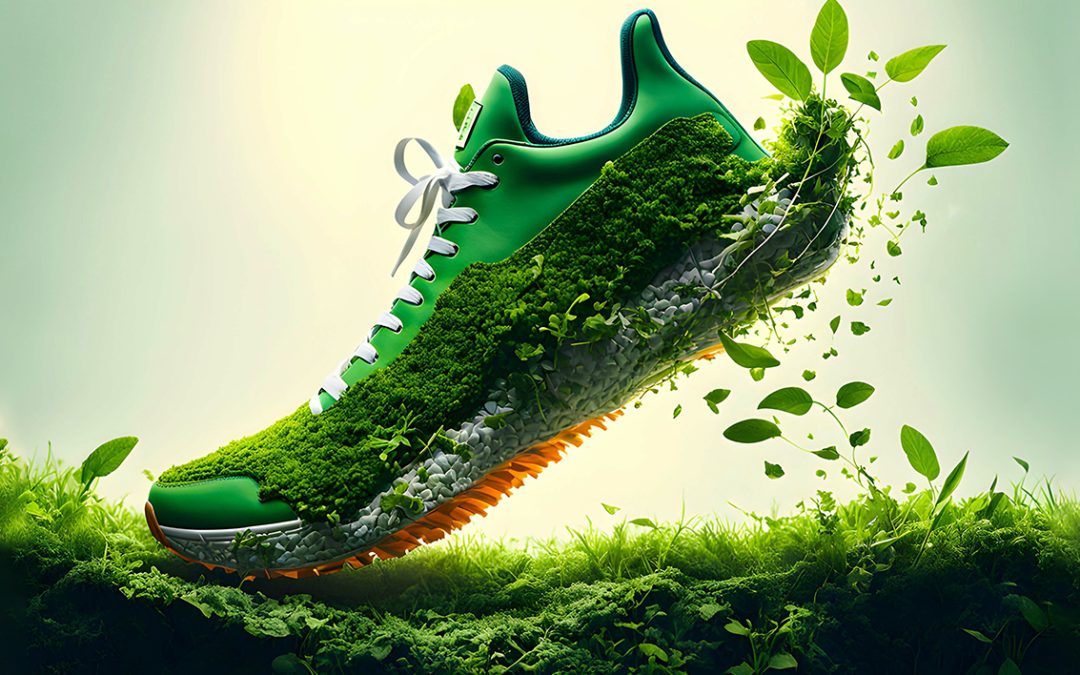Sustainable Swagger: The Future of Eco-Friendly Branding
Sustainability in branding may have begun as an eco-chic trend that had all the ‘cool kids’ bandwagon jumping, but it has most definitely evolved into an essential element of modern branding. Embracing eco-friendly practices improves the image of a brand and it gives it a leg-up with the growing segment of environmentally conscious customers. There are a smorgasbord of current trends and strategies for incorporating sustainability into your brand, here are a few:
Attracting the Eco-Savvy Crowd
- Align with Values: Show consumers your commitment to sustainability. This becomes very attractive to those who prioritize environmental responsibility in their daily lives.
- Build Trust: Adopting and promoting sustainable practices will enhance trust and loyalty among your customers. Highlighting your commitment to sustainability will make consumers feel good about supporting the brand.
- Stand Out: The customers who put value on sustainability are very likely to share their positive experience with others. This is what a brand needs in a crowded marketplace – and eco-friendly initiatives differentiate brands.
What’s Trending Now
- Recycling Programs: The cosmetic, tech and fashion industries are just a few of the many sectors increasingly prioritizing in-store recycling initiatives.
- Zero Waste Beauty: Beauty brands are implementing programs to minimize product waste. Including sustainable packaging, refillable containers, solid products, recycling programs, natural ingredients, waste free production… and the list goes on.
- Sustainable Packaging: Many brands have shifted to reduced plastic and recyclable materials. More recently, grocery stores are adopting recyclable and compostable packaging for fresh produce and implementing recycling programs.
Prioritizing Sustainability
- Subscription Services: Refillable product subscriptions are a sustainable service being offered where customers subscribe to receive regular deliveries in refillable containers. This reduces waste and promotes sustainability.
- Empowering Customers: Products like hydration-tracking caps are becoming the latest and greatest. This is a smart device that can be attached to your reusable water bottle and track a user’s water intake. The ‘smart caps’ promote better hydration habits, and the refillable bottles promote sustainable consumer choices.
- Innovative Materials: Eco-friendly materials, such as Piñatex, are being used to create sustainable products. Piñatex is made from pineapple leaves and is an eco-friendly alternative to leather. Brands are turning to this as a sustainable option that reduces waste while supporting ethical production practices.
The Future is Green
It’s fair to say that integrating sustainability into branding strategies not only enhances brand image but also attracts ‘life-long’ loyal customers. Brands that adopt eco-friendly practices are seen in a different light by consumers and benefit from improved consumer trust. You might want to consider a team meeting to evaluate your brands current practices and make sustainable changes. Jump on the bandwagon now, it can only lead to positive impacts on your brand, your customers, and mother nature.

